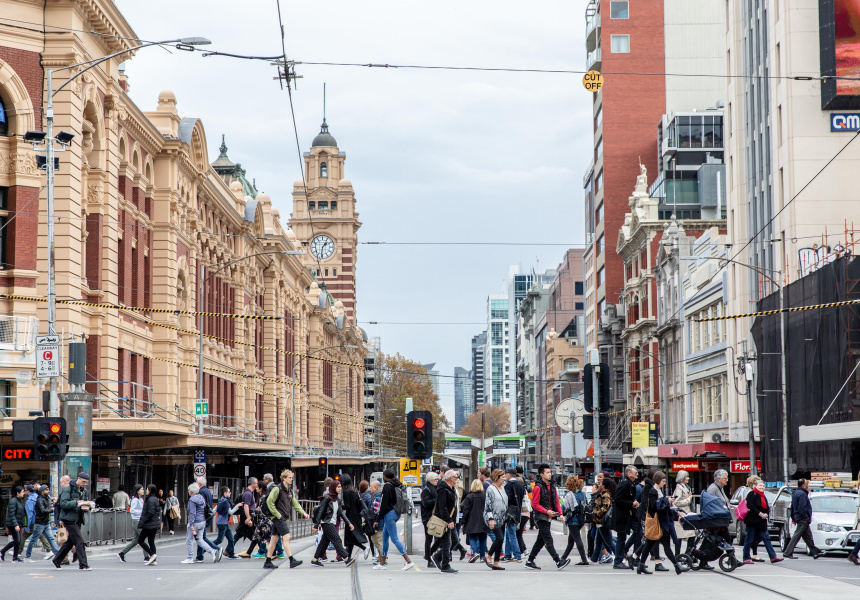
4 years into the pandemic, a report has discovered that Australian metropolis populations are starting to stabilise as migrant staff return and companies revert to (relative) normality. The 2022 Inhabitants Assertion – printed right this moment by the federal authorities’s Centre for Inhabitants and created to assist information infrastructure, housing and the supply of providers in Australia – additionally says the nation’s inhabitants is predicted to rise from its present determine of round 26 million individuals to almost 30 million by 2032 to 2033.
The Centre for Inhabitants additionally anticipates that, though Victoria’s lockdown-struck capital was hit tougher than another Australian metropolis in the course of the pandemic, Melbourne is on the right track to grow to be Australia’s most populous metropolis by 2031, overtaking Sydney from that prime spot. It’s estimated Melbourne may have 6.1 million residents by 2031 in comparison with six million for Sydney.
It discovered that Melbourne’s inhabitants fell by 1.6 per cent between 2020 and 2021, as abroad migration (an essential driving issue for Australia’s general progress) ceased, and hundreds of Victorian residents moved interstate and round 60,000 residents left Melbourne. Sydney’s inhabitants grew zero per cent throughout that very same interval.
It was a unique story in Queensland. Its progress continued to maneuver forwards, with a 0.8 per cent enhance in 2020-21, with interstate migration being the largest contributor to that progress, as hundreds of Australians made the transfer north. The state’s inhabitants is forecast to rise from 5.3 million now to roughly 6.2 million by 2032–33.
Regardless of a few of the strongest border management throughout the nation, Western Australia’s inhabitants grew by 1.2 per cent, with the overwhelming majority of the state’s residents residing in Perth. This progress was largely resulting from interstate migration from different components of Australia. The state’s capital is predicted to achieve 3.8 million over the following 10 years.
New South Wales is projected to stay Australia’s most densely populated state, anticipating 9.1 million residents by 2031. Victoria’s inhabitants is prone to climb from round 6.6 million now to 7.8 million by 2032–33.
South Australia’s inhabitants in 2021 was 1.8 million, however is projected to achieve two million by 2032–33. The state usually depends on abroad migration to offset outflows of interstate migration, however this reversed in the course of the pandemic. South Australia skilled diminished abroad migration in the course of the pandemic however acquired stronger interstate migration.
Abroad and inner migration numbers are anticipated to return to pre-pandemic patterns, with progress in capital cities outpacing progress in regional areas. Capital metropolis progress is projected to return to 1.6 per cent in 2023–24, then slowly decline in direction of 1.3 per cent by 2032−33. Inhabitants progress in regional areas is projected to stay comparatively secure, with a slight decline projected from 1 per cent in 2022 to 0.9 p.c in 2032.
So, what does this imply when it comes to getting again into the swing of issues? In accordance with the federal report, “States and territories are projected to return to the well-established patterns of inhabitants progress that have been skilled pre-pandemic. Capital cities and regional areas are additionally projected to return to regular patterns of inhabitants progress as internet abroad migration returns and inner migration returns to pre-pandemic patterns.”
Supply Hyperlink : https://coklat.uk/


